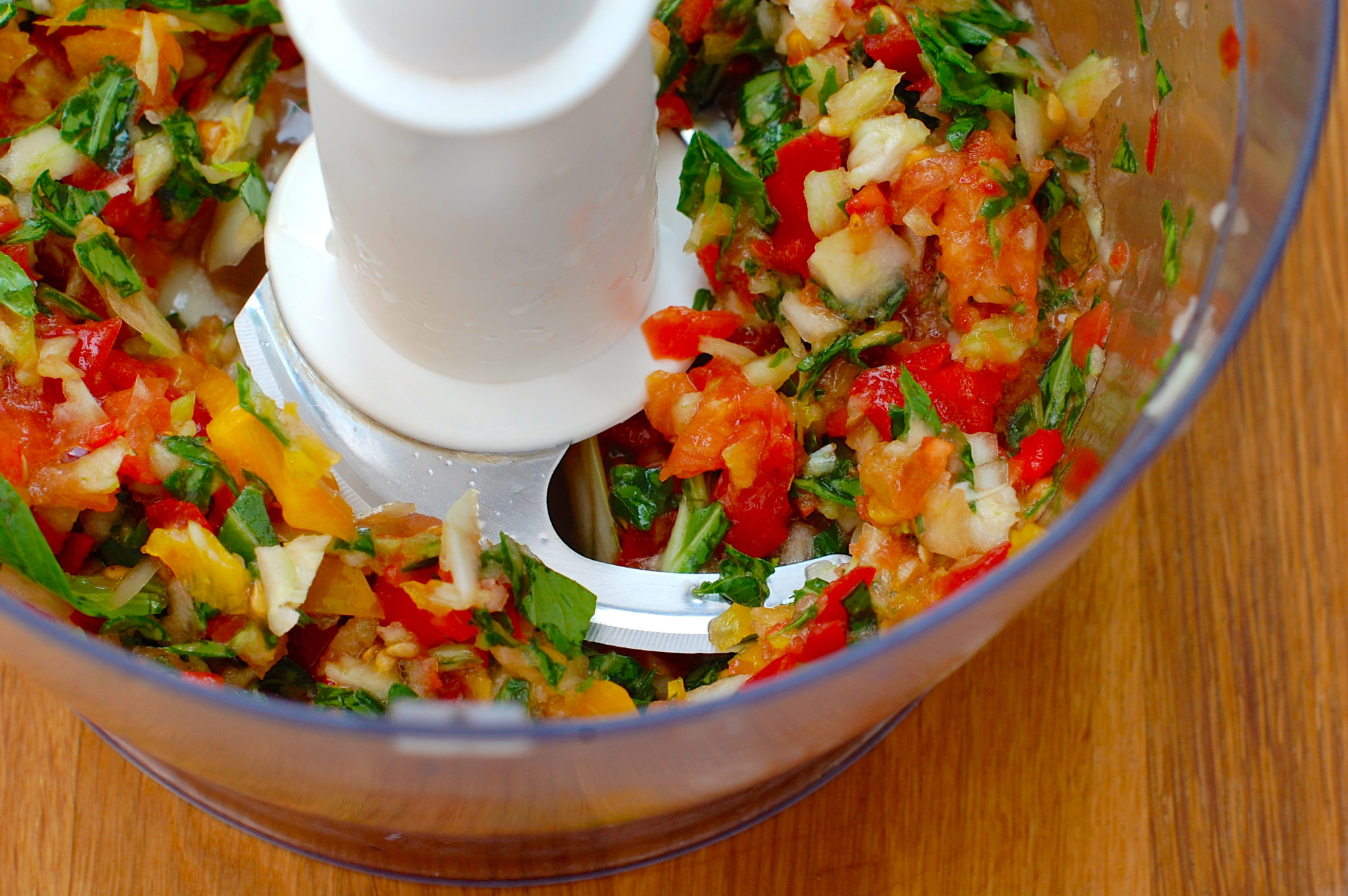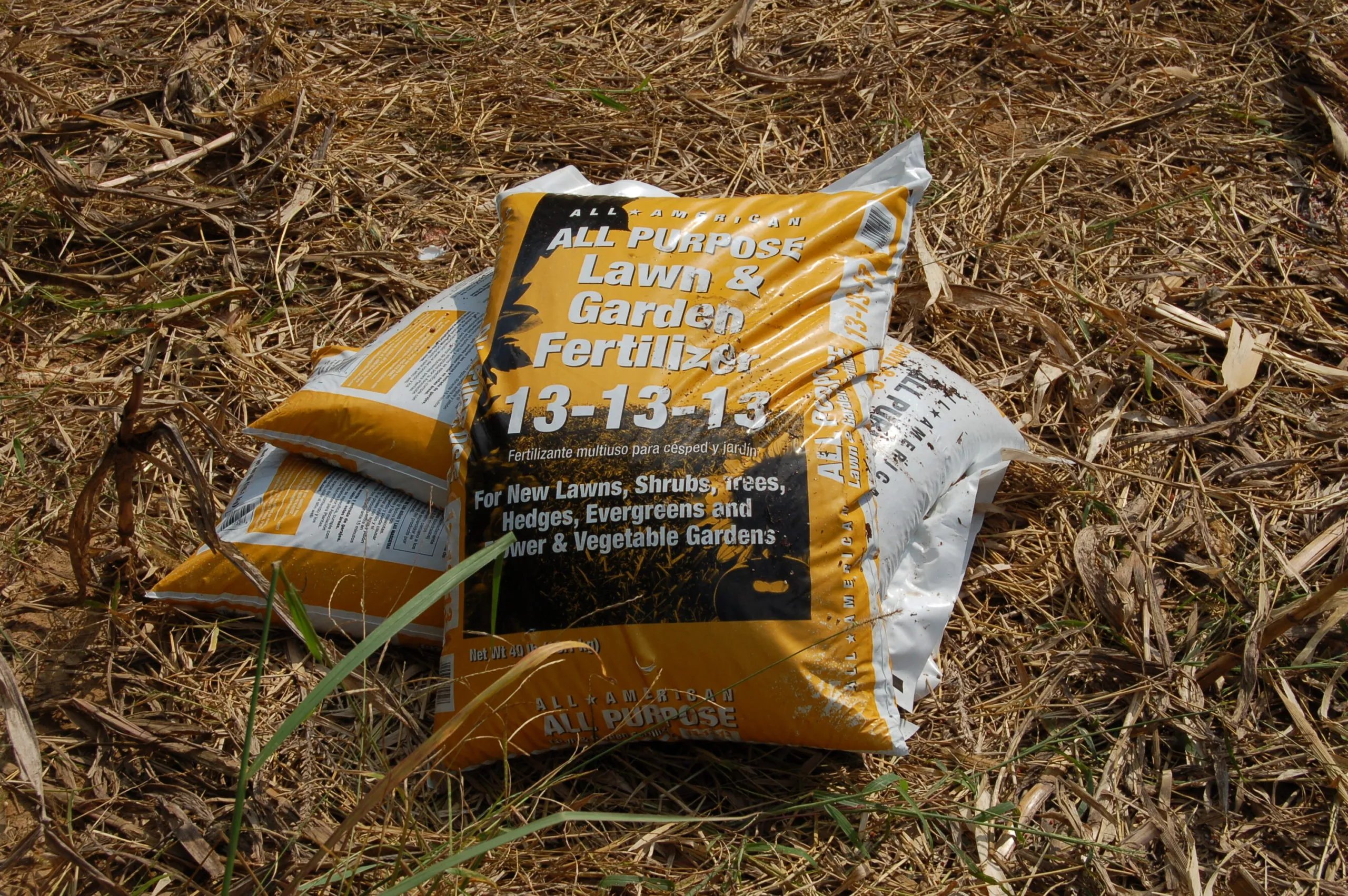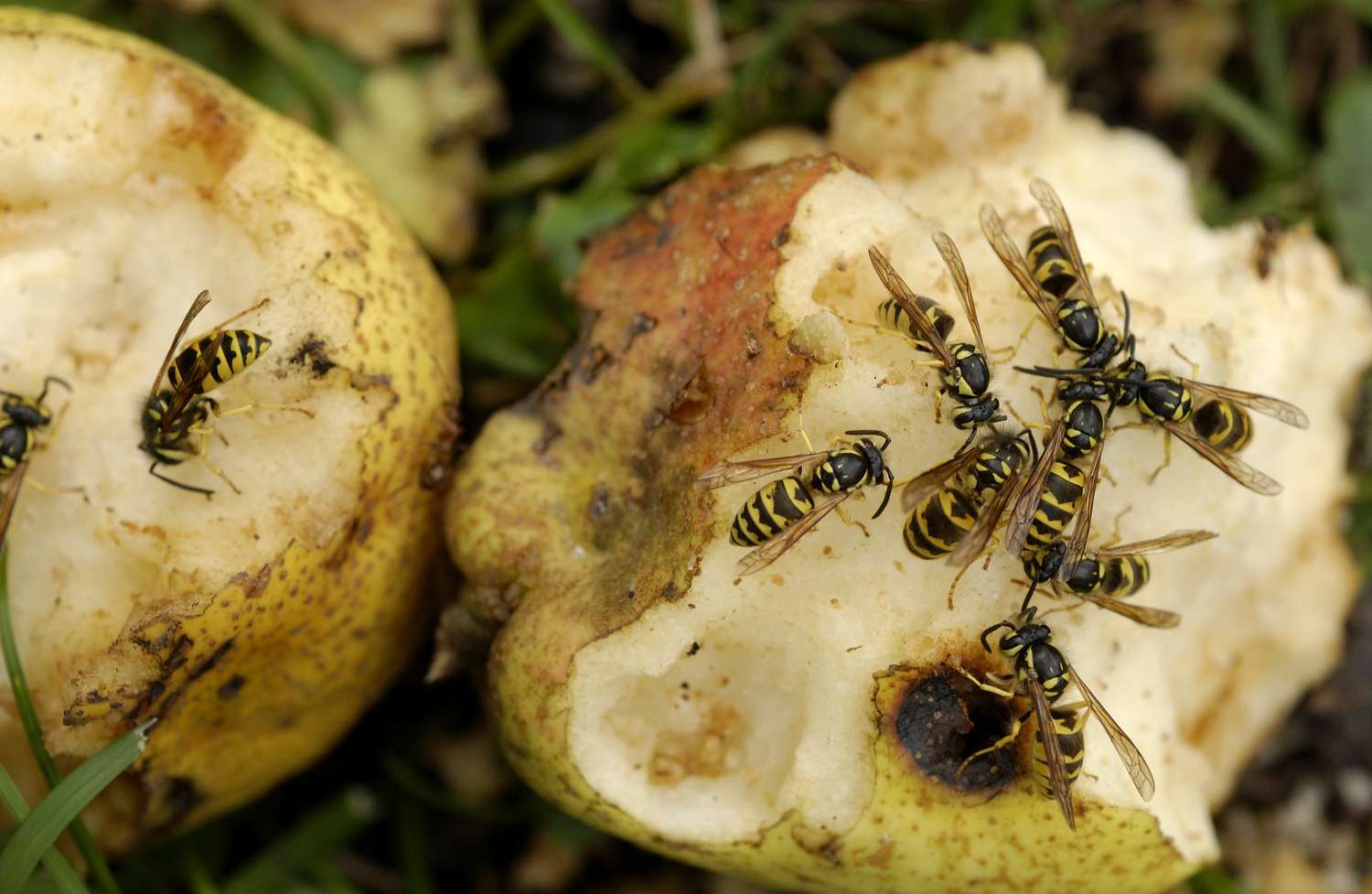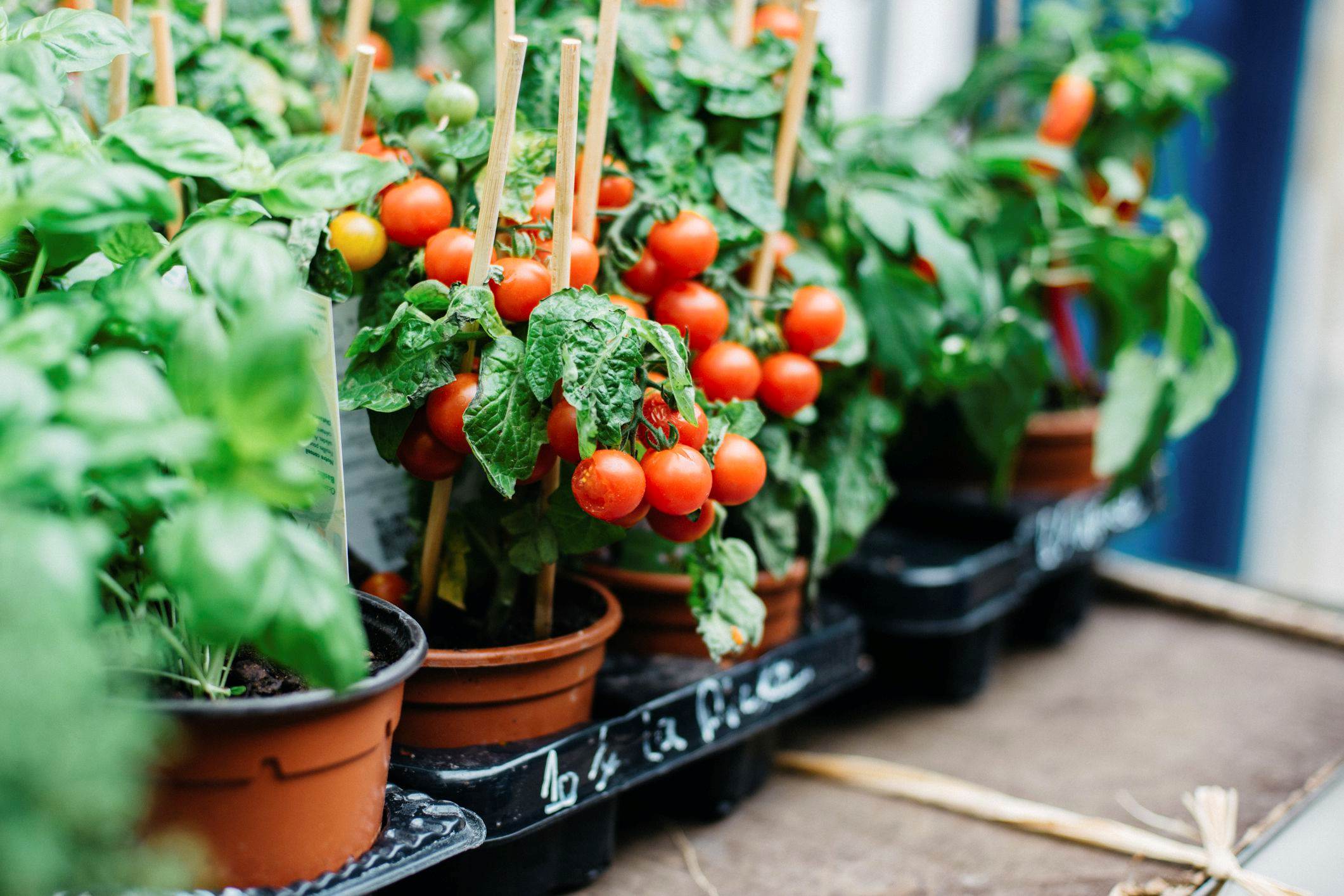Home>Gardening News and Trends>Latest News>How To Use A Food Processor To Chop Vegetables


Latest News
How To Use A Food Processor To Chop Vegetables
Modified: January 22, 2024
Discover the latest news on how to efficiently chop vegetables using a food processor. Master the art of slicing and dicing with step-by-step instructions and tips from the experts.
(Many of the links in this article redirect to a specific reviewed product. Your purchase of these products through affiliate links helps to generate commission for Chicagolandgardening.com, at no extra cost. Learn more)
Table of Contents
Introduction
Welcome to the world of food processors! If you’re tired of spending hours chopping vegetables by hand, then a food processor is about to become your new best friend in the kitchen. This versatile appliance is designed to make your food preparation tasks quicker and easier, specifically when it comes to chopping vegetables. Whether you’re a seasoned cook or just starting out in the culinary world, using a food processor can save you time and effort, allowing you to focus on creating delicious meals for yourself and your loved ones.
In this article, we will walk you through the step-by-step process of using a food processor to chop vegetables. We will explore the various benefits of using this kitchen gadget, provide tips on choosing the right food processor, and offer guidance on prepping your food processor for use. Additionally, we will cover the best practices for prepping vegetables and share expert tips and tricks for efficient vegetable chopping. By the end of this article, you will not only be equipped with the knowledge to effortlessly chop vegetables with a food processor, but you will also know how to properly clean and maintain your appliance.
The use of a food processor can revolutionize your cooking experience, making it faster, easier, and more enjoyable. So, let’s jump right in and discover the many wonders a food processor can do when it comes to chopping vegetables.
Benefits of Using a Food Processor
Using a food processor to chop vegetables offers a plethora of benefits that can enhance your culinary experience. Here are some of the key advantages of incorporating a food processor into your kitchen routine:
- Time and Effort-Saving: Chopping vegetables by hand can be a tedious and time-consuming task. A food processor can significantly reduce the amount of time and effort required, allowing you to breeze through the preparation process.
- Consistency: One of the challenges of chopping vegetables by hand is achieving consistency in the size and shape of the cuts. With a food processor, you can achieve uniformity in your vegetable chops, ensuring even cooking and presentation.
- Versatility: While a food processor is commonly associated with chopping, it can also perform a variety of other kitchen tasks, such as slicing, shredding, pureeing, and even kneading dough. Investing in a food processor opens up a world of culinary possibilities.
- Recipe Exploration: With the aid of a food processor, you can experiment with a wider range of recipes that require chopped vegetables. Say goodbye to the limitations of hand chopping and unlock new dishes that will impress your family and friends.
- Reduced Kitchen Clutter: Instead of cluttering up your kitchen with multiple gadgets like knives, cutting boards, and vegetable choppers, a food processor can be your all-in-one solution. It simplifies your kitchen setup and frees up valuable countertop space.
These benefits make a food processor an essential tool for any kitchen, whether you’re a busy professional, a home cook with limited time, or simply someone who wants to streamline their food preparation process. Now that you know the advantages, let’s move on to the next step: choosing the right food processor for your needs.
Choosing the Right Food Processor
When it comes to selecting a food processor, there are a few key factors to consider that will ensure you choose the right one for your needs. Here are some important considerations to keep in mind:
- Size and Capacity: Food processors come in various sizes, ranging from compact models with a capacity of a few cups to larger, professional-grade versions. Consider your typical food preparation needs and kitchen space constraints to determine the appropriate size for you.
- Power and Speed Settings: Look for a food processor with adequate power and multiple speed settings. This will allow you to handle various tasks, from gentle chopping to heavy-duty processing.
- Attachments and Accessories: Assess the attachments and accessories that come with the food processor. Common ones include blades for slicing, shredding, and chopping, as well as a dough blade for kneading. Make sure the processor offers the attachments you’ll need for your specific cooking preferences.
- Ease of Cleaning: Opt for a food processor with parts that are easy to disassemble and clean. Dishwasher-safe parts can save you time and effort during cleanup.
- Durability and Brand Reputation: Consider the reputation and reliability of the brand. Read reviews and choose a food processor that is known for its longevity and performance.
It’s also a good idea to set a budget before shopping for a food processor. Determine the features that are most important to you and find a product that meets your needs without breaking the bank. Don’t forget to compare prices and look for deals or discounts to get the best value for your money.
By carefully considering these factors, you can ensure that you choose a food processor that suits your requirements and enhances your chopping experience. In the next section, we’ll explore how to prepare your food processor for use so you can start chopping away with ease.
Preparing Your Food Processor
Before you start using your food processor to chop vegetables, it’s important to properly prepare and set up the appliance. Follow these steps to ensure a smooth and efficient chopping experience:
- Read the Manual: Take some time to read the instruction manual that comes with your food processor. Familiarize yourself with the various parts, functions, and safety guidelines.
- Assemble the Processor: Carefully assemble all the necessary components of the food processor, including the bowl, lid, and blade attachments. Make sure they fit snugly and securely.
- Check Power and Settings: Ensure that your food processor is properly connected to a power source. Take a moment to familiarize yourself with the different settings and modes available on your appliance.
- Test Run: Before using the food processor for chopping vegetables, give it a test run by processing a small amount of water or bread crumbs. This will verify that the machine is running smoothly and that all components are functioning properly.
- Safety First: Always prioritize safety when using a food processor. Remember to keep your fingers and hands away from the blades at all times, and only remove the lid or insert ingredients when the machine is turned off and unplugged.
Taking the time to properly prepare and familiarize yourself with your food processor will ensure that you get the best performance and results when chopping vegetables. Once your food processor is set up and ready to go, you’re all set to start prepping your vegetables for chopping, which we’ll discuss in the next section.
Prepping Vegetables for Chopping
To achieve optimal results when chopping vegetables with a food processor, it’s important to properly prepare the vegetables beforehand. Here are a few steps to follow for prepping your vegetables:
- Wash Thoroughly: Start by washing the vegetables under cold running water to remove any dirt, debris, or pesticides. Ensure that you scrub them gently to clean all surfaces thoroughly.
- Peel and Trim: Depending on the vegetable, you may need to peel or trim away any inedible parts, such as the skin or tough stems. Use a vegetable peeler or a sharp knife to remove any unwanted parts.
- Cut into Manageable Pieces: Cut the vegetables into smaller, manageable pieces that will fit easily into the food processor’s chute. This will facilitate even processing and prevent overloading the machine.
- Uniform Sizing: For consistent results, try to cut the vegetable pieces into uniform sizes. This will ensure that they are processed evenly and all end up with similar textures.
- Remove Seeds or Cores: Some vegetables, like bell peppers or tomatoes, may have seeds or cores that you want to remove before chopping. Take the time to scoop out any unwanted parts to achieve the desired texture.
Remember, the goal is to make the vegetables easily processable and obtain consistent results in the final chop. Once your vegetables are prepped and ready to go, you can move on to the next step: chopping them with your food processor.
Chopping Vegetables with a Food Processor
Now that your vegetables are prepped, it’s time to start chopping them using your food processor. Follow these steps for effective vegetable chopping:
- Fill the Bowl: Place the prepped vegetables into the food processor’s bowl, being careful not to overfill it. It’s important to not exceed the machine’s recommended capacity.
- Secure the Lid: Make sure the lid is securely locked in place before starting the food processor. This will ensure that the vegetables remain contained and do not splatter during chopping.
- Pulse or Process: Turn on the food processor and choose the appropriate setting. For a coarse chop, use the pulse function, which allows you to have more control over the consistency. If you want a finer chop, you can choose a continuous processing mode.
- Monitor Progress: Keep an eye on the vegetables as they are being chopped. Stop the food processor periodically to check the texture and ensure that the desired level of chopping has been achieved. Be careful not to overprocess the vegetables, as this can result in a mushy texture.
- Adjust as Needed: If not all the vegetables are evenly chopped, give the mixture a stir and continue processing as necessary. You may need to scrape down the sides of the bowl with a spatula to ensure even chopping.
The time required for chopping the vegetables will vary depending on the type and quantity of vegetables, as well as your preferred chop size. It’s always better to err on the side of caution and underprocess initially, as you can continue to chop if needed.
Once the vegetables have reached your desired consistency, turn off the food processor, unplug it, and carefully remove the lid. Your freshly chopped vegetables are now ready to be used in your favorite recipes.
Remember, practice makes perfect when it comes to chopping vegetables with a food processor. With time and experience, you’ll learn to adjust the settings and processing time to achieve the desired results for different vegetables.
Tips and Tricks for Efficient Vegetable Chopping
To make the most out of your food processor and ensure efficient vegetable chopping, consider these helpful tips and tricks:
- Use Cold Vegetables: For best results, refrigerate your vegetables for a short while before chopping. Cold vegetables are firmer and easier to process, resulting in cleaner and more precise cuts.
- Batch Processing: If you have a large quantity of vegetables to chop, it may be more efficient to process them in smaller batches rather than overloading the food processor. This allows for better control and consistent results.
- Avoid Overprocessing: Be cautious not to overprocess the vegetables, especially if you prefer a coarser chop. Take breaks between pulses or use the pulse function to maintain control over the texture.
- Opt for Sharp Blades: Ensure that your food processor’s blades are sharp for optimal chopping performance. If the blades become dull over time, consider replacing them to maintain efficiency.
- Utilize the Attachments: Experiment with different blade attachments to achieve various chop sizes or even try slicing or shredding vegetables. Maximizing the versatility of your food processor will enhance your overall cooking experience.
- Freeze Excess: If you have more chopped vegetables than you need for your current recipe, consider freezing the excess for future use. This saves you time on future chopping and reduces food waste.
- Clean Immediately: After each use, clean your food processor promptly to prevent food particles from drying and sticking to the components. Refer to the instruction manual for the proper way to clean your specific model.
These tips will help you streamline your vegetable chopping process, optimize your food processor’s performance, and save time in the kitchen. As you become more comfortable with using the appliance, you can further personalize your chopping techniques and explore new possibilities to enhance your culinary creations.
Cleaning and Maintaining Your Food Processor
Properly cleaning and maintaining your food processor is essential for its longevity and optimal performance. Here are some key tips to keep in mind:
- Unplug and Disassemble: Before cleaning, always ensure that your food processor is unplugged. Disassemble the removable parts, such as the bowl, lid, and blades, according to the manufacturer’s instructions.
- Hand Wash Components: While some parts may be dishwasher-safe, it’s generally recommended to hand wash them. Use warm, soapy water and a non-abrasive sponge or cloth to clean the components thoroughly.
- Remove Food Residue: Pay special attention to the blades and any crevices that may have accumulated food residue. Use a brush or toothbrush to safely remove any stubborn bits.
- Dry Thoroughly: After washing, ensure that all the components are completely dry before reassembling or storing. This prevents the growth of mold or bacteria.
- Store Properly: To save valuable countertop space, store your food processor in a dry and secure cabinet or pantry. Keep the blades and attachments together, ensuring they are safely stored to prevent any accidental injuries.
- Regular Maintenance: Follow any specific maintenance instructions provided by the manufacturer, such as oiling the moving parts or replacing worn-out components. Regularly inspect your food processor for any signs of damage or wear and address them promptly.
Taking proper care of your food processor will not only prolong its lifespan but also ensure hygienic food preparation. Regular cleaning and maintenance will help avoid any residual flavors or odors from transferring between different ingredients and ensure that your appliance is always ready for use.
By following these cleaning and maintenance practices, you can enjoy the full benefits of your food processor for years to come and continue creating delicious meals with ease.
Conclusion
Using a food processor to chop vegetables can drastically transform your cooking experience. With its time-saving capabilities, consistency in cuts, and versatility in the kitchen, a food processor is a valuable tool that every home cook should consider adding to their arsenal. By following the step-by-step process outlined in this article, you can efficiently chop vegetables and elevate your culinary creations to a new level.
We explored the benefits of using a food processor, such as saving time and effort, achieving consistent results, and expanding your recipe repertoire. Additionally, we provided guidance on choosing the right food processor for your needs and shared tips for prepping vegetables for chopping.
By following the recommended techniques and best practices, you can make the most out of your food processor and effortlessly chop a variety of vegetables with precision and ease. Remember to always prioritize safety and clean and maintain your food processor properly for optimal performance and longevity.
So, why spend endless hours chopping vegetables by hand when you can achieve the same results in a fraction of the time with a food processor? Embrace the convenience and efficiency this kitchen gadget offers and get ready to explore a world of culinary possibilities.
Invest in a high-quality food processor, perfect your vegetable chopping techniques, and embark on a culinary journey filled with delicious meals, all made possible with the help of your trusty food processor.








